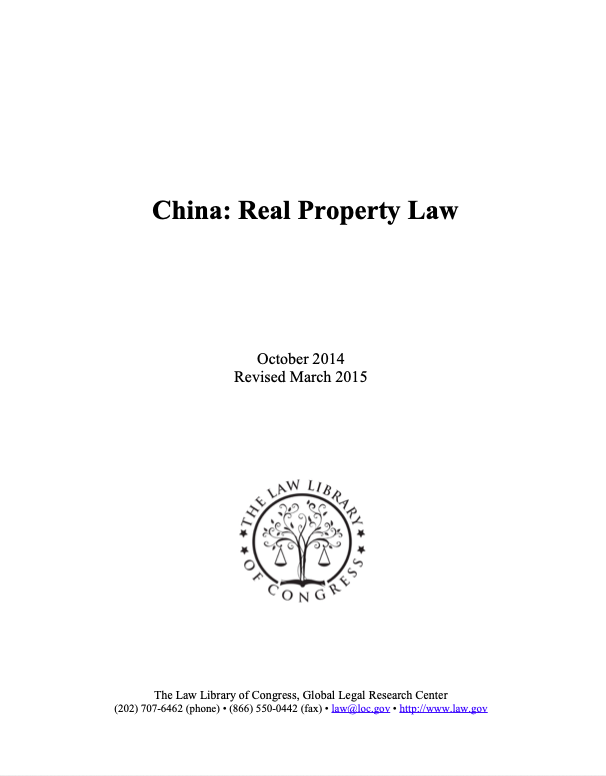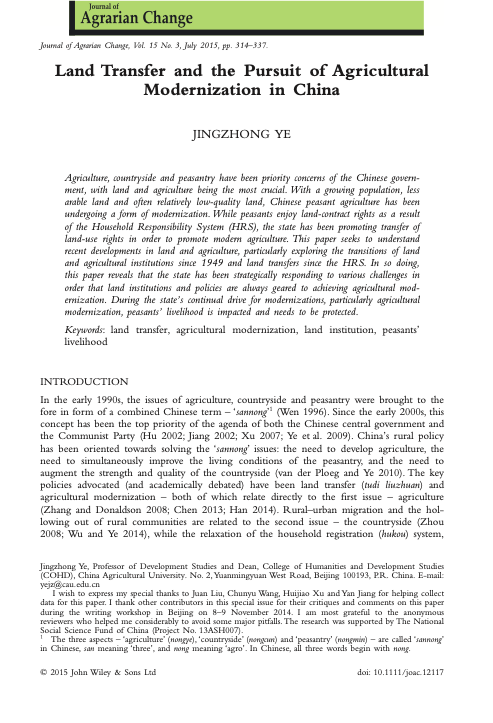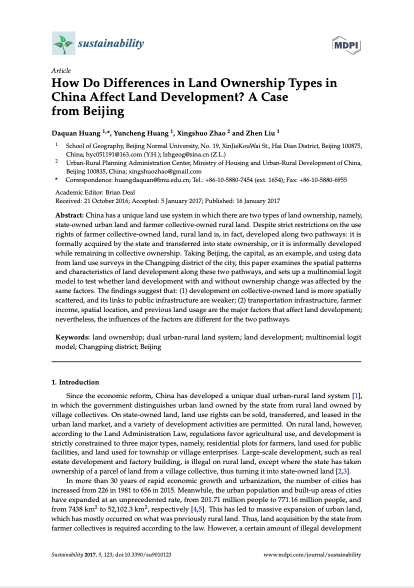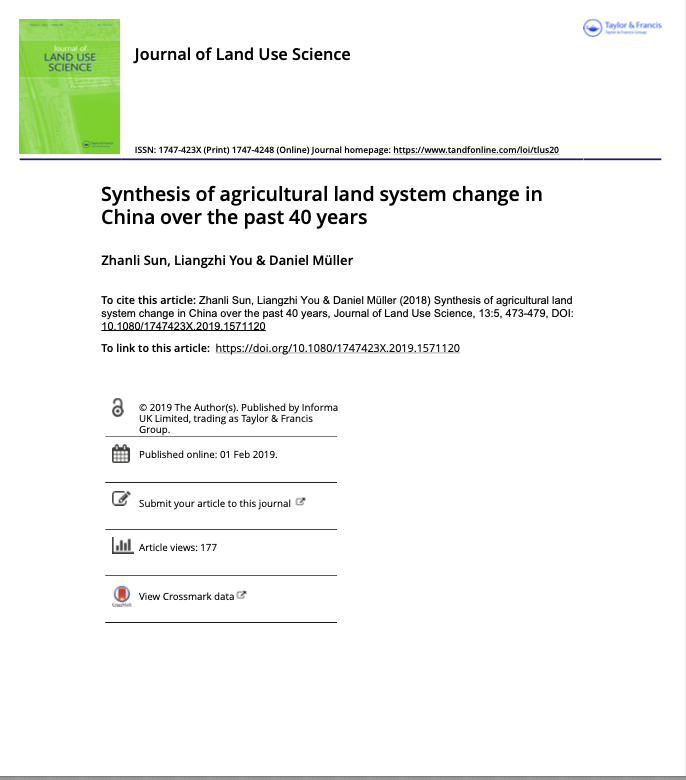
Topics and Regions
Daniel Hayward (UK) worked around Europe for 15 years as a dancer, choreographer and dance writer. Following retraining in sustainable development, he now works as an international development researcher, focused on land relations, agricultural value chains, gender, and migration. As well as working for Land Portal, Daniel is the project coordinator of the Mekong Land Research Forum at Chiang Mai University, and consultant for a variety of local and international NGOs and research institutes.
Details
Location
Contributions
Displaying 811 - 820 of 835Vietnamese rubber firm breaks pledge to World Bank, clears indigenous land in Cambodia
A Vietnamese agribusiness company in eastern Cambodia has illegally cleared old-growth forests, wetlands and spiritual sites on land that it pledged to return to indigenous communities. The land move reneges on promises the company, Hoang Anh Gia Lai, made in a mediation process with the World Bank.
New reports from eastern Cambodia say a Vietnamese rubber company has illegally cleared swaths of land in Ratanakiri province belonging to local indigenous communities, in violation of a World Bank-mediated agreement to return the land to local residents.
The State of the World’s Forests 2020
As the United Nations Decade on Biodiversity 2011–2020 comes to a close and countries prepare to adopt a post-2020 global biodiversity framework, this edition of The State of the World’s Forests (SOFO) examines the contributions of forests, and of the people who use and manage them, to the conservation and sustainable use of biodiversity.
MP Warns Australian-backed Mining in Myanmar’s Far North May Spark Protest
YANGON—A Kachin lawmaker voiced concerns in the Upper House of Parliament about an Australian-backed company’s plan to conduct a feasibility study for a large-scale mining exploration project in an area of Myanmar’s northernmost township with snow-capped mountains and a largely untouched environment.
China: Real Property Law
Individuals cannot privately own land in China but may obtain transferrable land-use rights for a number of years for a fee. Currently, the maximum term for urban land-use rights granted for residential purposes is seventy years. In addition, individuals can privately own residential houses and apartments on the land (“home ownership”), although not the land on which the buildings are situated.
The Law Library of Congress
The Library of Congress is the largest library in the world, with millions of books, recordings, photographs, newspapers, maps and manuscripts in its collections. The Library is the main research arm of the U.S. Congress and the home of the U.S. Copyright Office.
Land Transfer and the Pursuit of Agricultural Modernization in China
Agriculture, countryside and peasantry have been priority concerns of the Chinese govern- ment, with land and agriculture being the most crucial. With a growing population, less arable land and often relatively low-quality land, Chinese peasant agriculture has been undergoing a form of modernization.While peasants enjoy land-contract rights as a result of the Household Responsibility System (HRS), the state has been promoting transfer of land-use rights in order to promote modern agriculture.
How Do Differences in Land Ownership Types in China Affect Land Development? A Case from Beijing
China has a unique land use system in which there are two types of land ownership, namely, state-owned urban land and farmer collective-owned rural land. Despite strict restrictions on the use rights of farmer collective-owned land, rural land is, in fact, developed along two pathways: it is formally acquired by the state and transferred into state ownership, or it is informally developed while remaining in collective ownership.
Synthesis of agricultural land system change in China over the past 40 years
In summary, China presents a particularly intriguing case for the study of land system dynamics with its spatial patterns of cropland and crops, crop structure and diversity, land transfer and consolidation, and land use intensity changes against the backdrop of its rapid socio-economic transformation, globalization, and environmental challenges. Moreover, after 40 years since the commencement of China’s Economic Reform and the de-collectivization of agriculture, it is a good time to review and reflect how China’s agricultural land systems have been transformed.
China's New Land Policy to Improve Provincial Govt Fiscal, Economic Performance
Fitch Ratings-Hong Kong-06 May 2020: China's new policy granting greater autonomy to provincial-level governments over land conversions and farmland acquisitions will assist fiscal and economic performance in the medium to long term, via increased governance efficiency of land management on the local level, Fitch Ratings says. Still, Fitch believes the reforms maintain the protection of farmland as a top priority, thus an aggressive conversion plan at the national level appears unlikely for environmental and agricultural reasons.
Dispute Resolution in China: Patterns, Causes, and Prognosis
Since the reform era began in 1978, there have been significant changes in the nature and incidence of disputes, conflicts, and social disturbances, as well as the mechanisms for addressing them. As with economic and governance reforms, the government has adopted a pragmatic, problem-solving approach as it has attempted to meet the broad and, at times, conflicting goals of justice and efficiency while maintaining sociopolitical stability and rapid economic growth.










